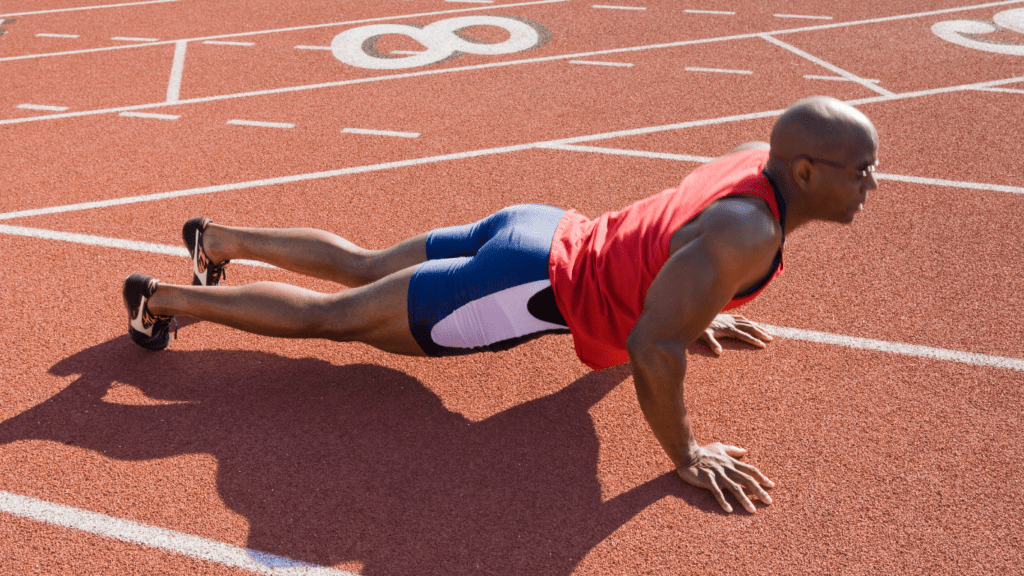Athletes push their bodies to the limit, chasing peak performance and victory. But in the quest for greatness, one thing’s become clear—recovery isn’t just a luxury, it’s a necessity. Recovery training has emerged as a game-changer, shifting the focus from just working harder to working smarter.
The Rise Of Recovery Training In Sports
Recovery training has transformed from an auxiliary concept to a cornerstone of modern athletic programs. This paradigm shift has been driven by advancements in sports science, which have highlighted the direct links between recovery practices and optimal performance. Athletes across disciplines, from football to swimming, now integrate evidence-based recovery methods like:
- cryotherapy
- active recovery
- compression therapy
into their routines. Professional teams and organizations increasingly emphasize recovery by employing dedicated recovery specialists and investing in advanced technologies. Devices such as Theraguns, wearable recovery trackers, and hyperbaric oxygen chambers are prevalent in training facilities. These tools provide actionable insights, enabling athletes to adapt their recovery practices based on individual needs.
The growth of data-driven approaches has further solidified recovery training’s significance. Metrics like heart rate variability (HRV) and muscle recovery rates allow athletes to tailor rest intervals and minimize overtraining risks. This customization ensures sustained performance and extends competitive careers.
Global tournaments like the Olympics and World Cup now highlight recovery protocols to maintain high-performance standards during consecutive matches or events. This focus reflects the growing awareness that recovery is as critical as traditional training in achieving success and longevity on the field.
Understanding The Science Behind Recovery Training
Recovery training combines physiological and biochemical principles to enhance athletic performance and longevity. Delving into the science reveals how targeted recovery strategies optimize muscle repair, energy restoration, and mental resilience.
The Role Of Rest And Muscle Repair
- Rest activates critical repair processes in the body.
- During rest, damaged muscle fibers undergo protein synthesis, rebuilding stronger structures for improved endurance and strength.
- Sleep plays a vital role, as growth hormone secretion peaks during deep sleep cycles, accelerating tissue repair and energy restoration.
- Active recovery methods like stretching and light aerobic exercises promote blood flow, delivering oxygen and nutrients to fatigued tissues.
- Techniques such as foam rolling and percussion therapy alleviate muscle tightness by reducing lactic acid and increasing flexibility.
The Impact Of Recovery On Performance
Effective recovery enhances performance by reducing fatigue and preventing injury. Hydration and glycogen replenishment after exertion restore energy balance, enabling sustained high-intensity activity. Recovery also lowers cortisol levels, mitigating stress that can impair physical output over time.
Data-driven methods, such as heart-rate variability tracking, provide personalized recovery plans. Wearable tech offers insights into optimal recovery timing, ensuring athletes avoid overtraining and maintain consistency in performance.
Key Recovery Training Techniques

Recovery training enhances athletic performance and longevity by employing targeted methods that promote physical repair and prepare the body for sustained activity. These techniques combine scientifically backed practices with modern innovations.
Active Recovery Strategies
Active recovery emphasizes low-intensity activities to aid muscle repair and reduce soreness. Light cardio, such as walking or cycling, increases circulation, delivering oxygen and nutrients to fatigued muscles. Stretching improves flexibility and releases tension, reducing the risk of future injuries. Foam rolling or myofascial release targets muscle tightness, enhancing mobility. Incorporating yoga or water therapy can also relax muscles while improving range of motion.
Nutrition For Optimal Recovery
Proper nutrition accelerates recovery by replenishing energy stores and repairing muscle tissue. Consuming carbs within 30 minutes post-exercise restores glycogen levels. Protein intake, approximately 20-30 grams per meal, supports muscle synthesis and repair. Omega-3 fatty acids from fish or supplements reduce inflammation, while electrolytes in beverages restore hydration. Timing meals and snacks to match training demands ensures consistent recovery support throughout the day.
Innovations In Recovery Technology
Advanced technologies optimize recovery processes with data-driven precision. Wearable devices monitor metrics like heart rate variability (HRV) and sleep patterns, guiding recovery timing. Cryotherapy chambers expose the body to subzero temperatures, reducing inflammation and accelerating tissue repair. Compression gear and devices, such as pneumatic boots, improve blood flow and reduce swelling. Percussive therapy tools, like Theraguns, relieve soreness by promoting deeper muscle relaxation. These innovations enhance recovery efficiency and keep athletes performing at their peak.
Benefits Of Recovery Training For Athlete Longevity
Recovery training significantly impacts athlete longevity by addressing physical stress and optimizing performance. Its benefits span from injury prevention to sustaining peak performance.
Injury Prevention And Management
Incorporating recovery training reduces injury risk by facilitating muscle repair and promoting flexibility. Rest and active recovery methods, such as foam rolling and dynamic stretching, alleviate tightness and prevent muscle strain. Data-driven tools like wearable recovery trackers also help identify fatigue and ensure proper rest cycles. Effective recovery training minimizes recurring injuries by managing inflammation, especially with therapies like cryotherapy and compression techniques.
Sustaining Peak Performance Levels
Recovery training helps maintain consistent performance by reducing fatigue and optimizing energy levels. Practices like sleep optimization and glycogen replenishment restore muscle strength and improve endurance. Techniques such as controlled breathing and light aerobic activities enhance circulation, preventing performance dips. Wearable technologies and heart-rate monitoring refine recovery schedules, ensuring athletes maintain optimal readiness for competitions. This sustained readiness directly supports career longevity.



 Lead Training Analyst
Lead Training Analyst
